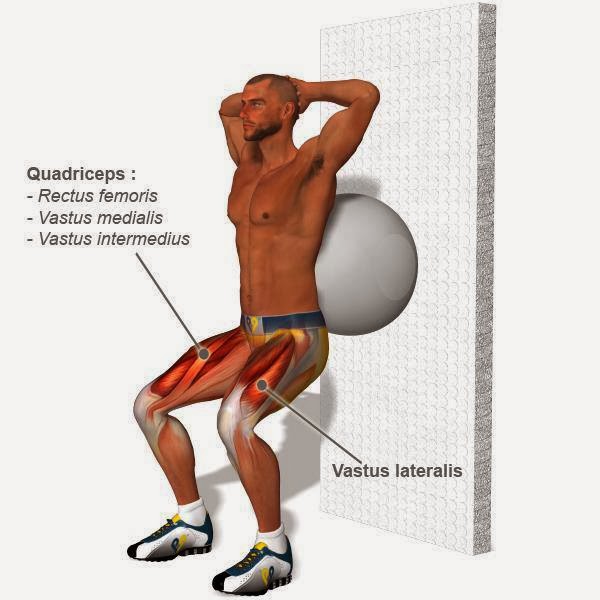

In addition, strength has been also found to be a risk factor for preventing HSI in recent prospective cohort studies.

It seems that hamstring strength deficit is a good predictor of HSI. Hamstring strength is one of the muscle properties that has received more attention in current research both as preventive and performance-enhancing strategy. Future studies evaluating the implementation of these exercises in prevention programs are needed. Conclusions: The results from this systematic review suggest that isokinetic and Nordic exercises seem to be the best option to activate biceps femoris long head. Nordic hamstring exercise ankle dorsiflexion was the exercise that achieved the highest biceps femoris long head activation (128.1% of its Maximal Voluntary Isometric Contraction). Results: Results showed the isokinetic and Nordic exercises as the categories with highest biceps femoris activation (>60% of Maximal Voluntary Isometric Contraction). Exercises were evaluated individually and grouped into several categories: Nordics, isokinetic exercises, lunges, squats, deadlifts, good mornings, hip thrusts, bridges, leg curls, swings, hip and back extensions, and others. A total of 507 participants and 114 different exercises were analyzed. Once inclusion and exclusion criteria were applied, 29 studies were finally included in this systematic review.

The search strategy conducted in PubMed, Cochrane Library, and Web of Sciences databases found a total of 3643 studies. Methods: A systematic review design was followed. Background: The aim of the study was to systematically evaluate the biceps femoris long head activation across cross-sectional hamstring strength exercise studies.


 0 kommentar(er)
0 kommentar(er)
